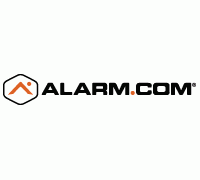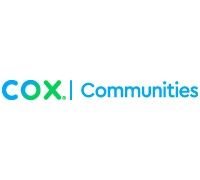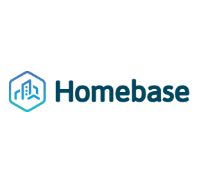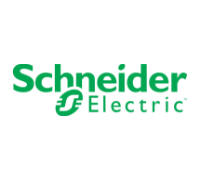 Erik Kling, Vice President New Business Development at Vodafone, responds to several industry questions leading up to the 2016 CONNECTIONS Summit, the annual IoT event hosted by Parks Associates during CES:
Erik Kling, Vice President New Business Development at Vodafone, responds to several industry questions leading up to the 2016 CONNECTIONS Summit, the annual IoT event hosted by Parks Associates during CES:
What is the most important next step to engage customers in smart home solutions, connected entertainment services, and/or value-added services like tech support and connected health?
When it comes to the Smart Home there's a perceived lack of clarity around the real value-add for the consumer. At this point, consumers are looking at current solutions and concluding that the costs of a connected home outweigh the benefits. The industry has yet to crack the mass market proposition, which means we need to acknowledge the need to demystify and educate the market. Right now, the connected home industry struggles with customer engagement. The average consumer is used to buying endpoint products instead of buying a full system with a holistic view. For example, consumers don’t think about how smart lighting connects and interacts with their existing smart security solution when making a smart lighting purchase - yet that is what is required when thinking about a broader smart home. On the flipside, retailers are used to selling products, not services. If this can be addressed correctly, the industry can take the next step toward customer adoption and improve customer engagement.
What is the biggest challenge your company faces in 2016?
One of the biggest challenges that Vodafone M2M hopes to tackle in 2016 is to help the market connect the things that truly matter to daily life and business scenarios. In the early Internet of Things rush, companies moved quickly to connect anything and everything without a true understanding of what might make sound business sense. As we move into 2016, the industry will likely start weeding out the solutions that do not provide true value and put more of an emphasis on connecting items such as utilities, smart meters, heart monitors, and other chronic healthcare management solutions that will have a true business or societal purpose.
What is the biggest driver for the connected consumer market?
One of the biggest drivers is that the market is ready and eager for disruptive services that result in a truly connected home. Combine that with the fact that technologies are actually coming into the picture to make it possible and the future is bright. From a connectivity standpoint, most of the market has access to fixed and/or mobile connectivity, however, market growth will be facilitated by new technology such as narrow-band IOT (or LPWA), which Vodafone believes will be a true catalyst for connecting devices in connected consumer environments. In addition, significant vendor investment in innovation and improving accessibility of the technology from an affordability standpoint, will play a key role in the growth we all hope and expect from the market.
What are the most important initiatives your company is taking in 2016?
Our customers are seeing increased revenue from consumer-facing connected products and services that drive superior customer experiences. For example, the Vodafone 2015 M2M Barometer Report found M2M adoption in the retail sector grew 88 percent in 2015 as retailers and marketers now understand the value of IoT for the customer experience as it can strengthen the shopping experience through personalization, smarter payment methods and digital signage. Consumer electronics companies that have started using M2M also are committed to aggressively expanding it across their product ranges in order to deliver enhanced customer experience with innovative products and services. In 2016, it’s our goal to continue to help customers – across industries – evolve their M2M strategies to innovate, drive new customer experiences, and increase revenue through more sophisticated, customer-facing connected products and services.
Describe your vision for the smart home and entertainment markets in 2020.
As a whole, the vision is to reach a point where connected systems seamlessly and intuitively predict and learn to support our lifestyles - and there’s no reason to believe we won’t be there by 2020. With advancements in machine learning and artificial intelligence, we are closer than ever to a home understanding personal preferences and being able to intelligently pre-empt and take the necessary steps to ensure consumers’ preferences are met. For example, eventually a home could understand what food and drink has been consumed across a day, then present meal choices to the homeowners to fill any nutritional gap in their diet.
If the industry decides that artificial intelligence and machine learning should be at the core to create a “Cognitive Home” rather than simply just aiming to find device harmony to create “Smart Homes” then this market can change rapidly in the next 10 years.
Erik Kling will be speaking on the panel "Growth in IoT: Entertainment, Smart Home, Health" on January 6 at 11:50am alongside speakers from AT&T Digital Life, b8ta, Greenwave Systems, Lutron Electronics, and MivaTek. If you're planning to attend CES, add this session to your schedule!
For a complete list of the companies participating in CONNECTIONS Summit, visit www.connectionssummit.com.
Next: PlumChoice Spotlights Support for the Internet of Things at CES 2016
Previous: Verimatrix Collaborates with Analytics Vendors to Deliver Key Subscriber Insights




 Erik Kling, Vice President New Business Development at Vodafone, responds to several industry questions leading up to the
Erik Kling, Vice President New Business Development at Vodafone, responds to several industry questions leading up to the 










